
Environmental performance and recycling of aluminum veneer
Abstract: This article will elaborate on the environmental performance of aluminum veneer as a building decoration material and its recycling after the end of its service life. This article explores aluminum veneer as a sustainable building material from four aspects: material preparation, construction process, usage effect, and resource reuse.
1、 Material preparation
The environmental performance of aluminum veneer is reflected in its preparation process. Firstly, the raw material required for the production of aluminum veneer - aluminum alloy - is abundant and widely distributed on Earth. Secondly, the production process of aluminum veneer is relatively simple, without the need for high-temperature melting or heavy metal addition, reducing environmental pollution. In addition, modern manufacturing technology has also increased material utilization and reduced waste generation. Therefore, the preparation process of aluminum veneer has high environmental performance and meets the requirements of sustainable development.
2、 Construction process
In the construction process of aluminum veneer, its environmental performance has been fully considered. Firstly, aluminum veneer is a prefabricated decorative material that can be processed and manufactured in factories, reducing the impact of on-site construction on the environment. Secondly, the installation of aluminum veneer does not require the use of harmful substances such as formaldehyde, avoiding pollution to indoor air quality. In addition, the waste generated during the construction process of aluminum veneer can be recycled, reducing the waste of resources. Therefore, aluminum veneer has high environmental performance during the construction process.
3、 Usage effect
Aluminum veneer has demonstrated good environmental protection effects during use. Firstly, as a decorative material for building exterior walls, aluminum veneer has good weather resistance and corrosion resistance, extending the service life of buildings and reducing resource consumption. Secondly, aluminum veneer has excellent thermal insulation performance, which can effectively reduce the energy consumption and carbon emissions of buildings. In addition, aluminum veneer can increase its anti fouling ability through surface treatment, reduce the frequency of cleaning and maintenance, and lower its impact on the environment. In summary, aluminum veneer has shown good environmental protection effects during use.
4、 Resource Reuse
After the service life of aluminum veneer is over, it can be effectively reused as a resource. Firstly, discarded aluminum veneers can be recycled and reprocessed into new aluminum materials, which can be used to manufacture other products such as packaging materials, automotive components, etc. Secondly, as a metal material, aluminum veneer has good recyclability and will not cause permanent pollution to the environment. In addition, the reuse of aluminum veneer can reduce dependence on natural resources and promote the development of circular economy. Therefore, aluminum veneer has high recycling value after the end of its service life.
5、 Summary:
In summary, aluminum veneer, as a building decoration material, has high environmental performance and potential for recycling. The material preparation process is environmentally friendly, the construction process reduces the impact on the environment, and the use process shows good environmental protection effects. After the end of its service life, it can effectively reuse resources. The sustainable development characteristics of aluminum veneer are in line with the future demand for environmentally friendly building materials in society, and it is expected to be widely used in the construction field.


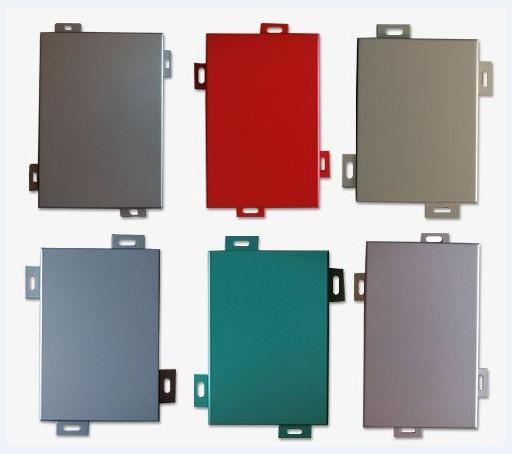
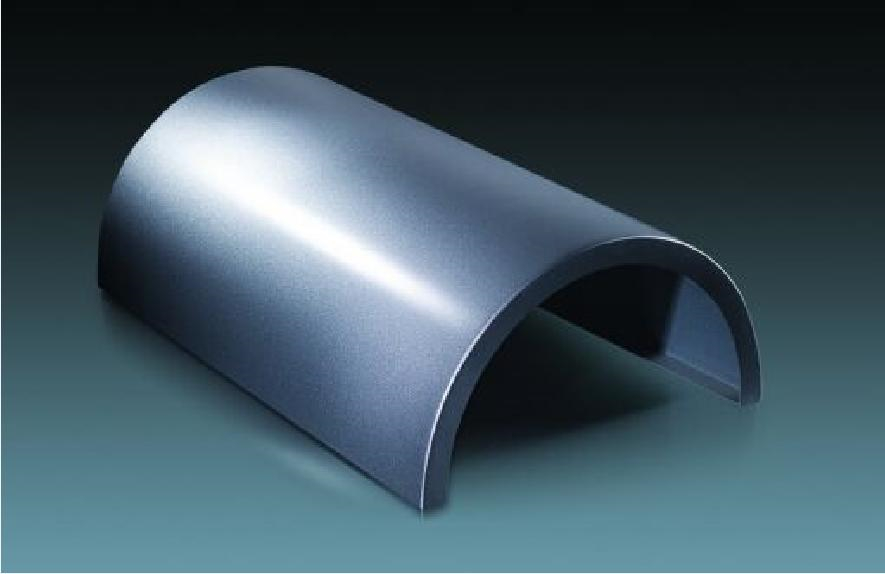
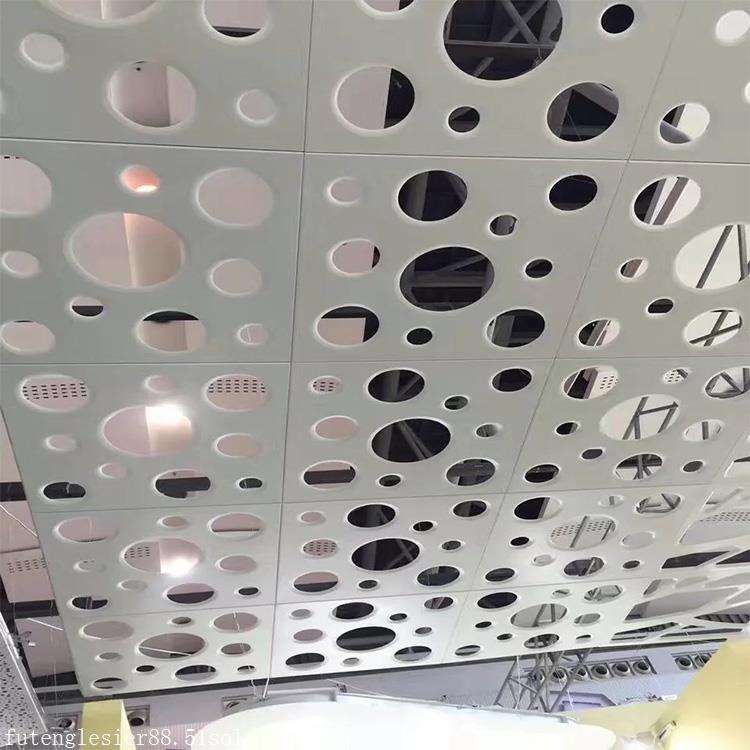

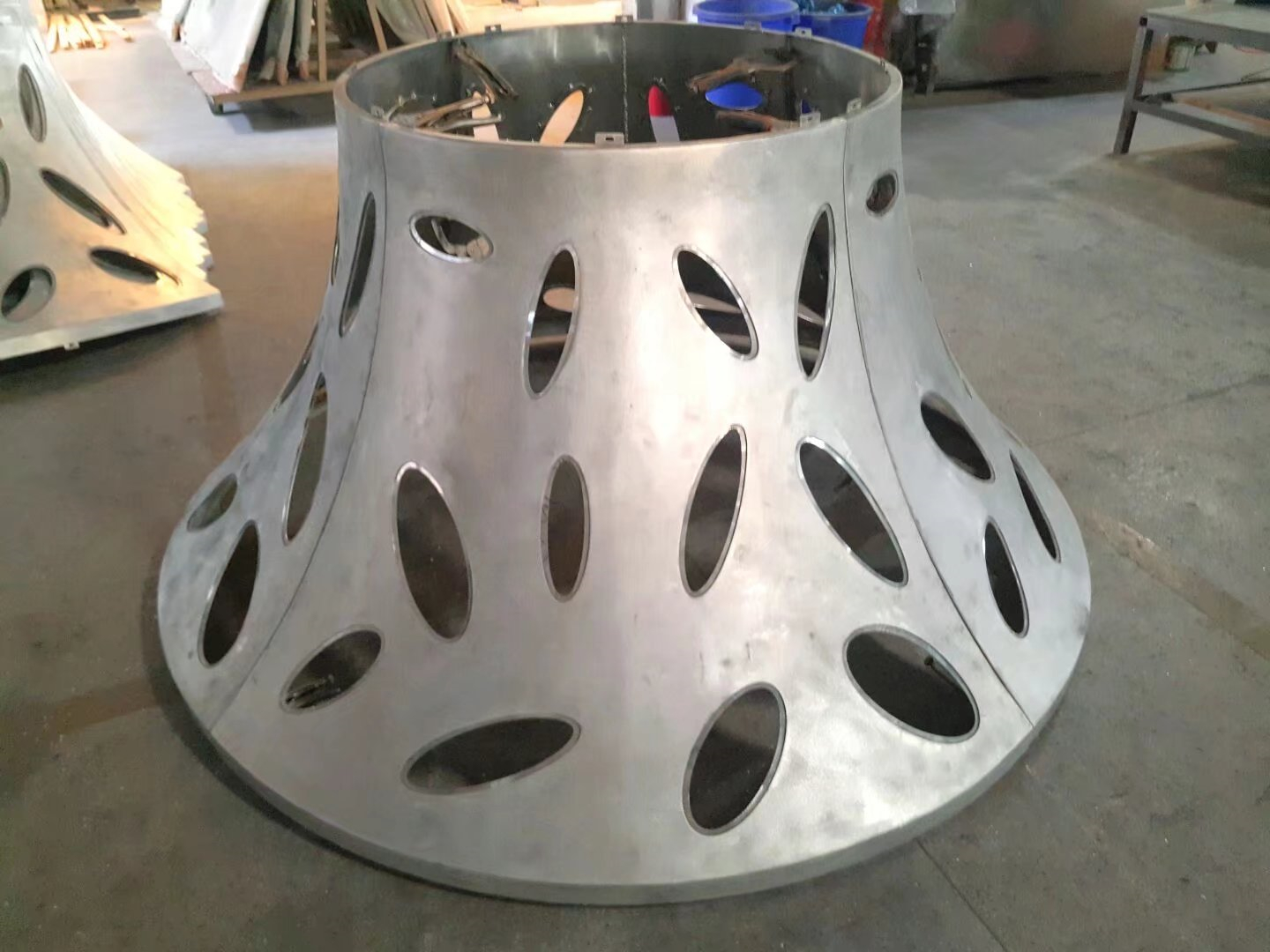
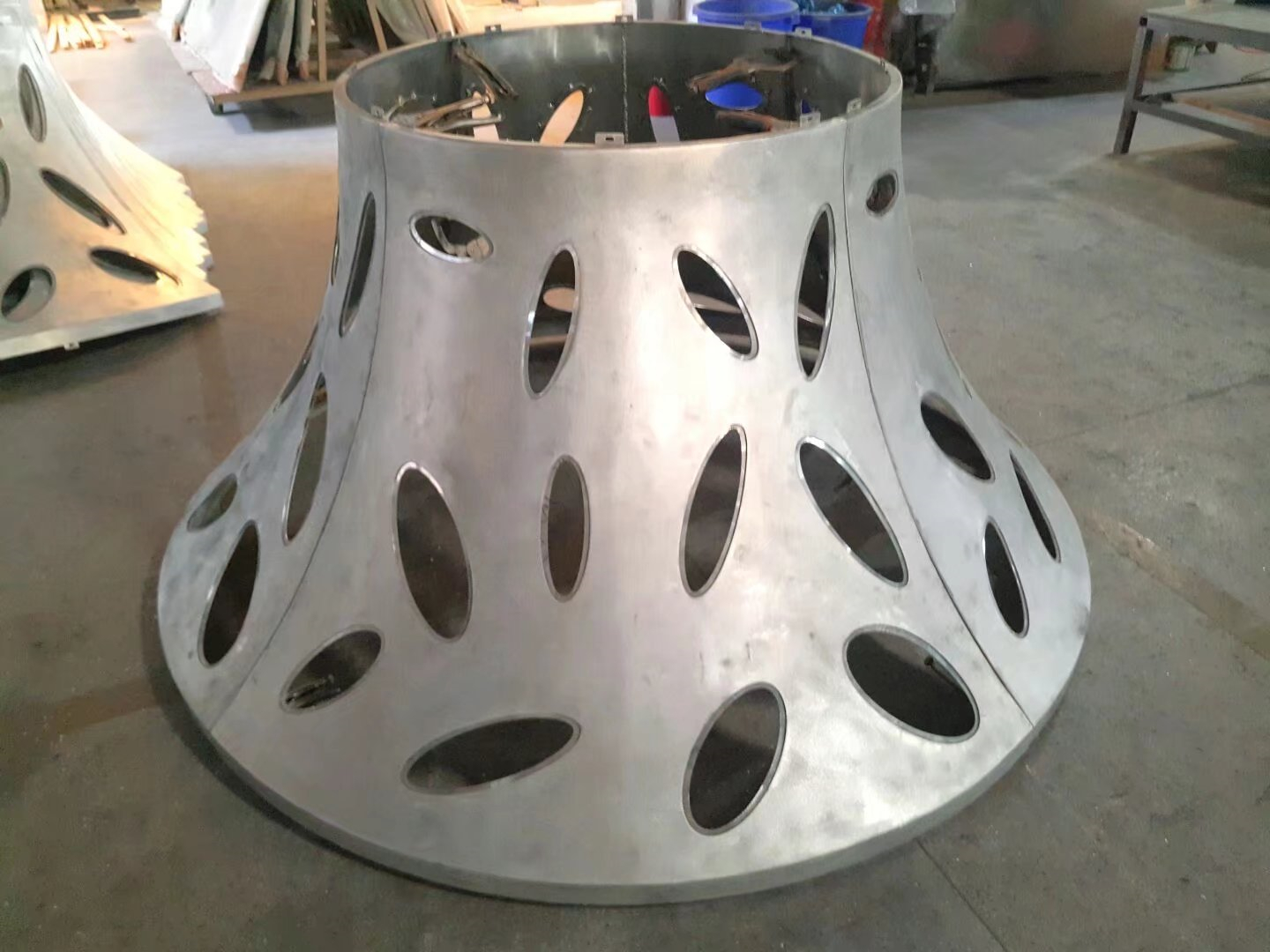
 Customer service QQ
Customer service QQ